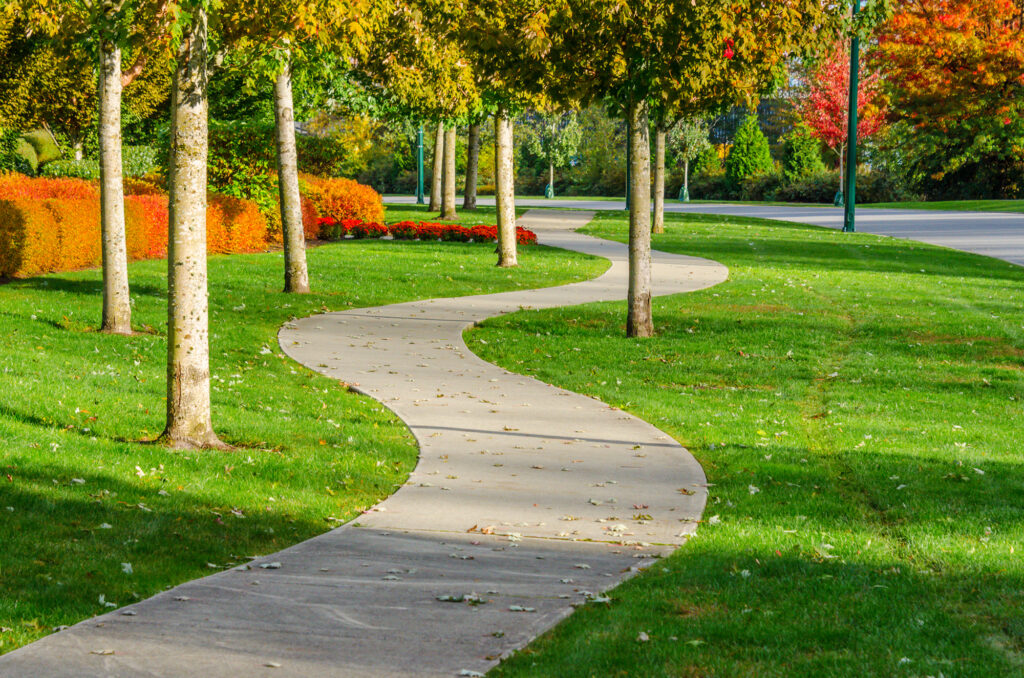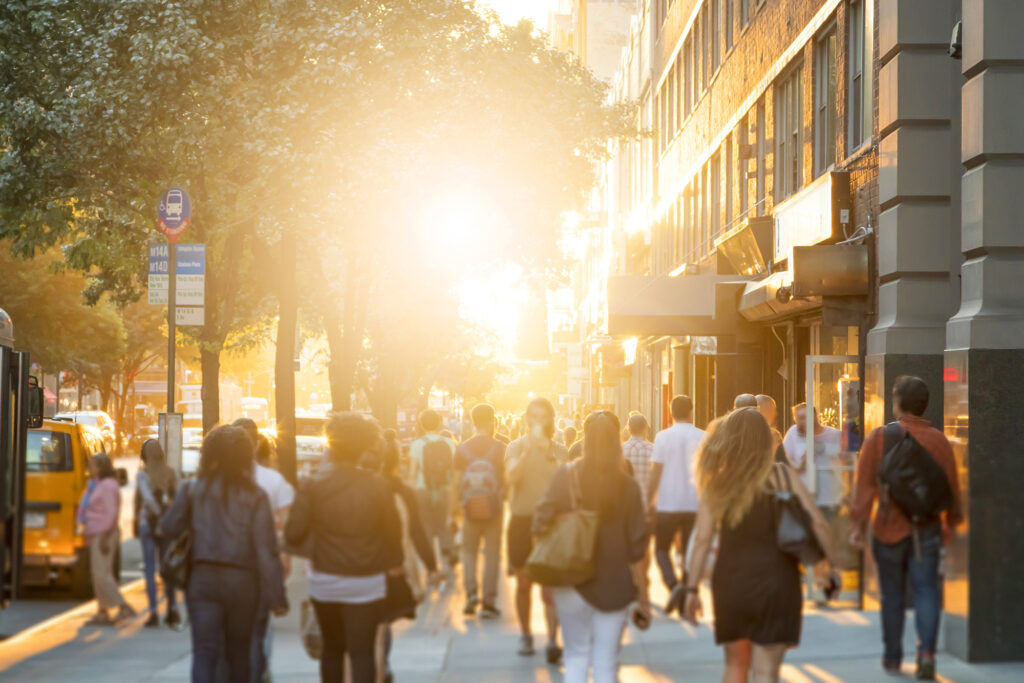Improving cities better than subsidizing weight-loss drugs
By Kenneth Schrupp | May 24, 2024
Legislation that would cover weight-loss drugs and surgery to mitigate the state’s ballooning weight crisis fortunately died in the Senate this year, but lawmakers still have productive ways to deal with a problem that’s leaving 28% of the state’s adults obese. Instead, the state should address the impact of its poor urban policies on Californians’ weight.
First, the obvious: Ozempic prescriptions for all overweight California adults would obliterate the budget. This cost would likely be indefinite, as individuals tend to gain back two-thirds of their lost weight after quitting the drug due to lack of lifestyle changes. These drugs shouldn’t be viewed as the cure-all for what is largely a lifestyle-driven condition.
Nationally there is a trend that rural residents tend to be more obese than urban residents. However, with 94% of Californians living in urban areas, it’s the cities where the obesity epidemic is taking place.
While obesity has myriad causes, insufficient daily movement combined with poor diet tend to be the major culprits. In California, for some a typical day involves driving from one’s home to drive-through coffee, driving to the office, driving to lunch, driving back to the office, driving to pick up take-out, then driving home to eat and watch television before going to sleep.
This lifestyle is a recipe for disaster on every level: loneliness, obesity and lack of movement go hand in hand. That isn’t to decry the benefits of the automobile, a powerful tool that provides freedom and ease of movement and is – along with the single-family home – one of the last attainable symbols of the American value of independence and self-sufficiency.
However, the impact is obvious of not being able to live in a community where walking at least some of the day is an option. Growing isolation in car-centric routines can divorce individuals from the chance, repeat interactions that build a sense of community and identity, and reduce physical activity.
As could be expected, housing prices reflect a desire by many people for communities where one may have a car but one can spend at least some of the day walking. Some of the most expensive — and healthiest — locales in the nation, such as Corona del Mar and the Pacific Palisades, revolve around fairly walkable communities near outdoor amenities where most errands can be handled close to home, and larger business districts are a reasonable drive away.
Communities following this model used to be far more common and far more affordable. With advances in public safety and minor changes in business permitting, it would be possible for this kind of living to be once again feasible for the average Californian. To reduce sedentariness, one must be able to feel safe walking around in one’s community, and have amenities to walk to.
What to do?
First, cities must be safe enough for residents to feel like walking is an option that does not pose a threat. Data consistently shows the more violent a neighborhood, the less individuals walk – the only physical activity for many Americans. This holds most true for the urban neighborhoods where obesity is the highest.


More recent polling from Gallup shows 40% of Americans feel unsafe walking around near their home at night, the highest level in 30 years, or since the peak of the 1990s crime wave. While only 30% of rural residents have this fear, 39% of suburban residents and an astounding 50% of urban residents are afraid to go outside at night.
Violent crime in California is skyrocketing and arrests are plummeting, so restoring public safety would not only save lives by preventing violence, but allow for more physical activity. A return to community policing, where officers engage in foot patrols and become more embedded in communities would go great lengths toward restoring faith in the relative benefits over the risks of simply going outside. Ozempic won’t do anything to change this calculus in the long run – but public safety can.
Second, minimal changes in zoning to allow for so-called “accessory commercial units” in residential neighborhoods would provide valuable local amenities and low-cost business opportunities with minimal disruption to neighborhood character. By allowing individuals to run low-impact businesses such as hair salons or even co-working spaces from their homes, cities could allow for a bonanza of small business expansion that simultaneously improve citizens’ financial independence, city revenues, build community and encourage walking.
With the typical small business in a commercial space requiring $400,000 in startup capital, even dipping one’s toes in an entrepreneurial pursuit is too costly and risky for many. As recession looms and unemployment rises, demand for services still isn’t going anywhere, and allowing for ACUs could easily let families expand options to support themselves without needing to rely on government support or a corporate job while imposing minimal costs on a neighborhood. Starting a business with an ACU can cost just $10,000 or less than one-third the cost of a typical used car in California, thus putting the American dream of independence within easy reach.
Encouraging walking improves health and community in a positive feedback loop by placing more “eyes on the street.” As more individuals go out and about, the perception of public safety increases, and individuals spend more of their time in their communities. Instead of pouring hundreds of billions of dollars per year into weight-loss drugs or other costly ideas, giving people places to walk to – and the ability to do so without fear – could be the shot Americans need to get back on their feet.
Kenneth Schrupp is the California reporter for The Center Square. His commentary and analysis have been published by Newsweek and RealClearPolitics.
